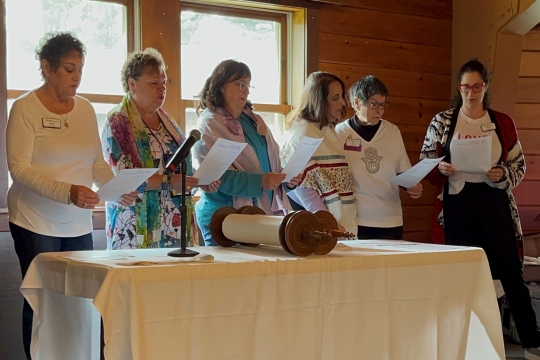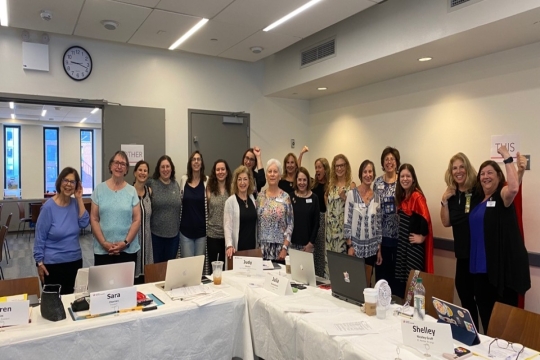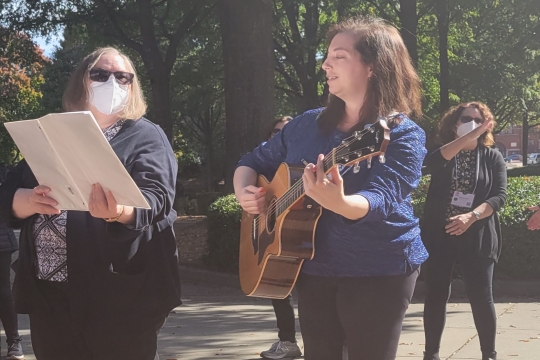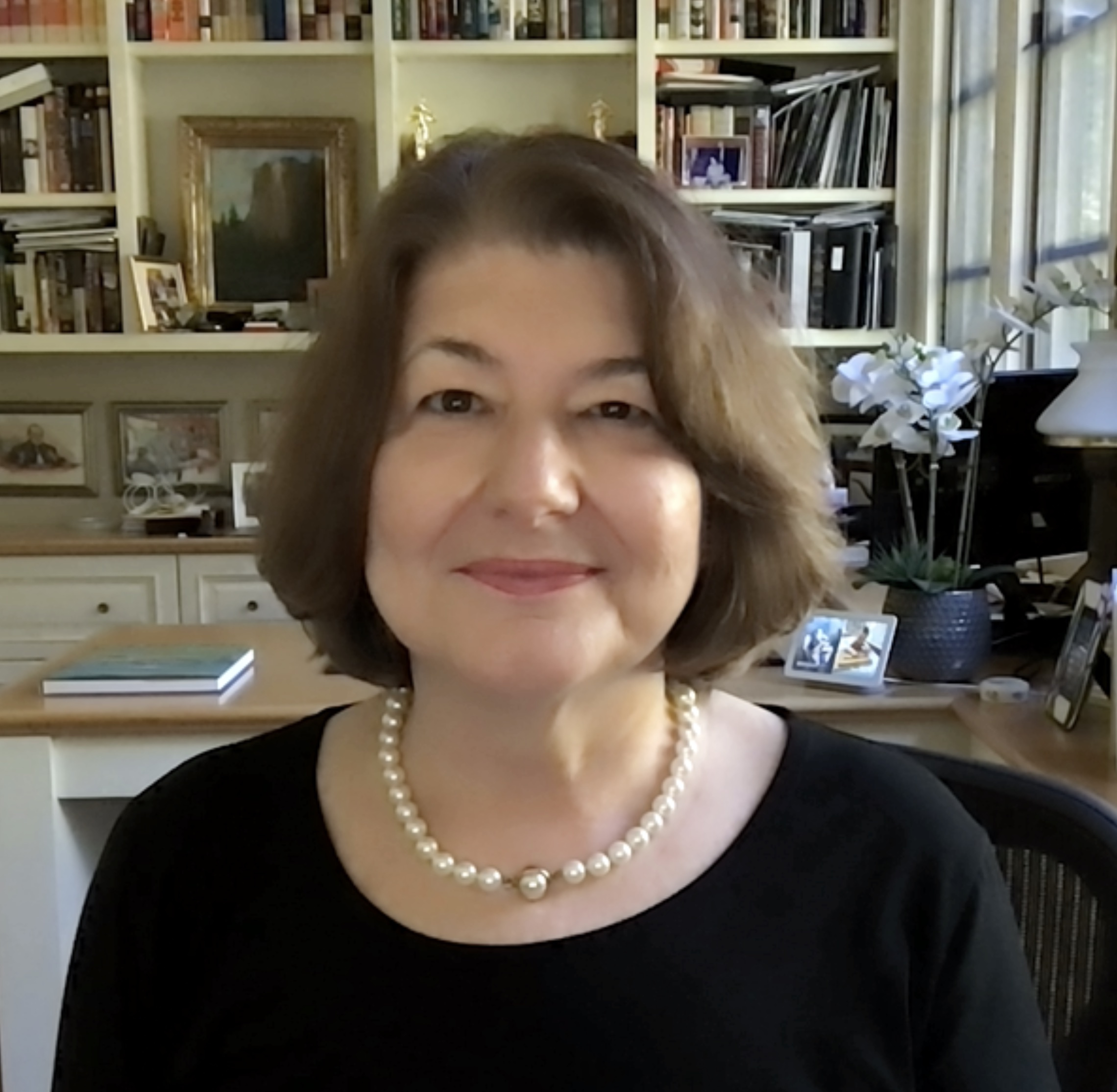by Julie Weinstein This summer, I traveled to China with my family. We visited the Great Wall, the Forbidden City, the Guilin District, and Shanghai. It was a fascinating trip and we enjoyed the food, the people, and the sights. While in Shanghai, we decided to visit the Ohel Moshe Synagogue, one of only two synagogues in Shanghai, and now the home of the Shanghai Jewish Refugees Museum. This was one of the highlights of our trip and a moving experience for the history buffs in our family. The Ohel Moshe Synagogue, built in 1927 and renovated by the People’s Government of Hongkou District in 2007, and the adjacent exhibit halls of the Shanghai Jewish Refugees Museum, are located in a peaceful residential area, far from the glitzy and upscale Bund, in an area once known as “Little Vienna.” To walk into the synagogue, a small, serene sanctuary with one room, a bimah and a balcony, is to walk back in time. From 1933 to 1941, Shanghai was an open city. With no restrictions on immigration, it welcomed 30,000 Jewish refugees fleeing the Holocaust in Europe. While the Japanese controlled the city at that time, Jews there were able, for the most part, to live out the Second World War freely and peacefully in what Dr. David Kranzler, a noted Holocaust historian, called the “Miracle of Shanghai.” These refugees amazingly recreated their European lives in the midst of their foreign and exotic new home, practicing their professions, opening cafes, bakeries, and shops, and living together in classic European style and in harmony with local citizens. After World War II, most of these Jewish refugees left this sanctuary and emigrated to Israel or to the West to begin new lives. The story of the Jews in Shanghai in the early 20th Century is a story not unlike that told in this week’s parashah, Noach (Genesis 6:9-11:32). The Torah portion describes how God destroys the world and humankind who failed to follow his commandments; how God chose Noah, a righteous man, and his family to preserve the species of all living things; and, following the hubris of the Tower of Babel, casts the people throughout the world with different languages. Noach is a story of rescue, new beginnings and new languages—so too is the story told at the Shanghai Jewish Refugees Museum. Noah was a rescuer, as were the people of Shanghai. Shanghai became a modern-day “Noah’s Ark” sheltering the Jewish refugees from the devastation of the Holocaust. After the destruction of world as they knew it, Noah and his family had to begin a new life, just as the refugees created “Little Vienna” in Shanghai and then again created new lives in Israel and the West. After the Tower of Babel, humankind was cast far and wide with different languages, another new beginning. Similarly, the Jewish refugees who fled from Europe to the Far East and later emigrated to countries far and wide, had to learn new languages and a new way of life. What can we learn from these two stories? As an organization, WRJ is journeying into its next 100 years—in a way we are beginning again—and, like Noah and the Jewish refugees of Shanghai, we are planning for a future that we cannot now imagine. What will the world be like in 100 years? No one can know. How will we live? What will we value? We have to ask ourselves: How can we plan now to meet the needs of women in this world we cannot imagine? Yet are we really beginning again? I say no. Instead we are building on the foundation of the first 100 years, a foundation that our foremothers laid for us. They could no more imagine what our world is like—our smart phones and Google Glass, our pacemakers and 3D printers—than we can imagine the world of our great-granddaughters. So what does this week’s parashah teach us about preparing for the next 100 years? Maybe the answer lies in the words of Tamara Cohn Eskenazi in The Torah: A Women’s Commentary, "[the stories of Parashat Noach] express conviction that God persists—despite repeated disappointments—in (re)adjusting expectations in response to human limitations.” Perhaps our lesson from this parashah is simply this: To persist and to (re)adjust our expectations as we move through the next 100 years. We must plan like Noah and we must (re)adjust our expectations like the Jewish refugees. If we can do that, then I am sure that WRJ will be around in 2113 to ponder yet another 100 years. Julia Weinstein is on the WRJ Executive Committee and on the WRJ Pacific District Board. She is a member of University Synagogue Sisterhood in Los Angeles, CA.
Related Posts

Parashat Yom Rishon shel Rosh HaShanah

Cultivating a Culture of Accountability and Belonging


